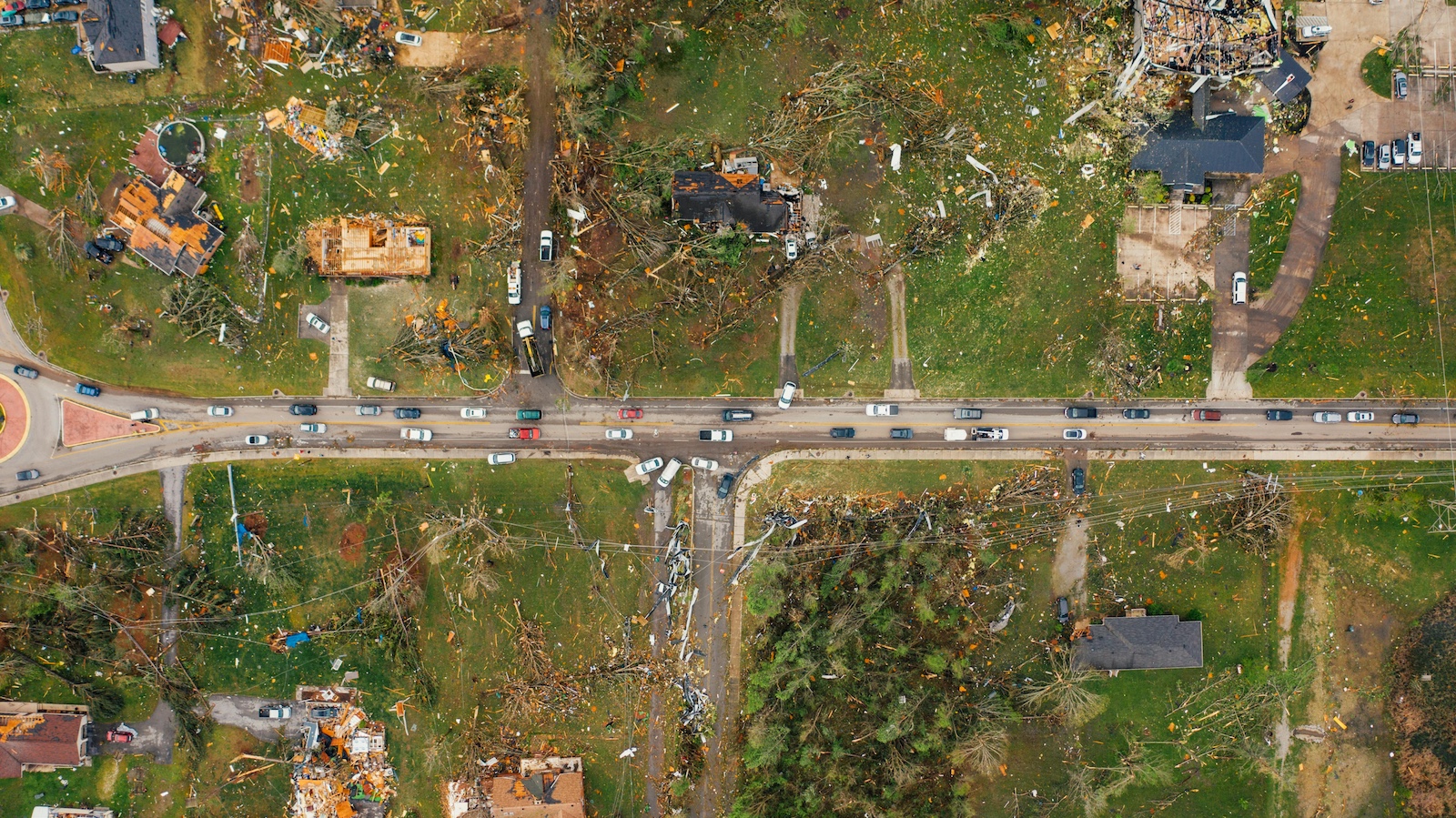If you'll allow me to be parochial for a moment, I'll start this week with the Oroville Dam, which is 75 miles due north of me. You've probably seen or heard some reference to the dam over the past few days because a series of severe storms in California has caused serious structural problems at what is the tallest dam in the U.S. and forced the evacuation of almost 200,000 people. You may hear more about the dam, too, because California is expecting another major series of storms. While dam operators are now letting water out as fast as they can -- faster than the average flow at Niagara Falls -- they felt for a time that they had to slow because erosion has split the main spillway, and they worried that further erosion would be catastrophic. Water has already "overtopped" a section of the dam and cascaded down a heavily forested area designated as the emergency spillway. If the water level continues to rise, so much will pour down the mountainside that the Feather River may wash out downstream dams and levees and a major highway that serves Northern California.
I'm far enough away that I'm in no danger of having a wave wash through my living room window, but I'm still concerned. The U.S. has let infrastructure investment languish for so long that some 50,000 dams are now past their designated lifespans, roughly two-thirds of those in operation in the country. One of those past its expiration date is -- you guessed it -- the Oroville Dam. Environmental groups and local officials warned about potential problems a dozen years ago, but dam managers dismissed the worries.
As the problem upriver developed, I was delighted to receive a really insightful article about why so many people and organizations don't prepare adequately for possible disasters. I hope you'll read it here. I also hope you'll take it to heart, because I believe we need to start really thinking about the catastrophes that can occur because of, among other things, crumbling infrastructure and climate change.
The article shows all the psychological mechanisms that encourage people to defer preparation -- we've had years and years of drought in California, so why worry about a really wet winter last year and a crazy-severe winter this year? But we in the world of risk management and insurance are supposed to have the data, the experience and the discipline to help others prepare -- so that hundreds of thousands more people, like my poor neighbors to the north, don't wind up in camps in winter while they wait to find if their homes will be washed away. I hope we rise to the occasion.
Cheers,
Paul Carroll, Editor-in-Chief








